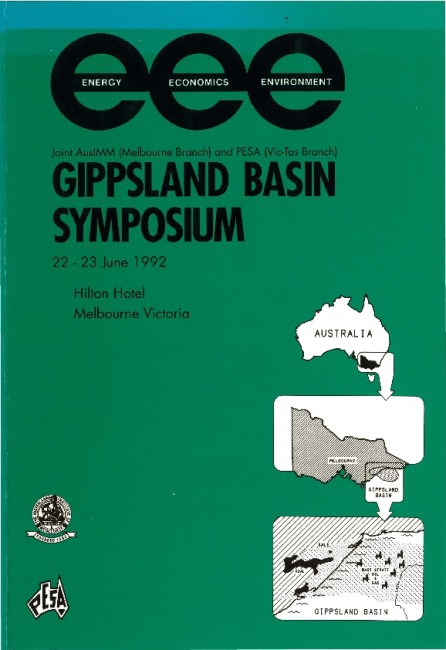Publication Name: Gippsland Basin Symposium, Melbourne, 22 ? 23 June 1992
Authors: J G LEONARD, R L KING
Publication Volume: Melbourne, 22 - 23 June 1992
Date Published: December 1992
Number of Pages: 19
Reference Type: Conference Proceedings
Abstract:
Low-enthalpy geothermal groundwater resources occur at relativelyshallow depths in the Upper Cretaceous{fertiary sedimentary sequence in
the on-shore Gippsland Basin. The main stratigraphic unit containing hot
groundwater is the Latrobe Group. Groundwater temperatures in the
range 30 to 70?C have been recorded from depths between 500 and 1000
m. The hottest groundwater is in the Latrobe Valley and Lake Wellington
depressions. Geothermal gradients in these areas range from less than
2?C/100 m to over l0?C/100 m (compared to a world average of about
3?C/100 m). A number of theories have been advanced to explain the
geothermal anomalies including exothermic reaction such as oxidation of
coal, mixing with deeper, hotter groundwater and high geothermal fluxes
along fault zones. Variations in geothermal gradients can also result from
type and thickness (and hence thermal conductivities) of the sedimentary
pile, depth to consolidated basement rocks, and influence of groundwater
flow patterns including proximity to recharge zones. The hot
groundwater in the Gippsland Basin has substantial potential as a source
of energy for direct heat applications such as process heating, space and
water heating for buildings, and agricultural and aquaculture. Geothermal
energy has a number of environmental advantages over traditional sources
of energy. It is clean, safe, causes minimal land disturbances and in most
cases is naturally renewable.


